Do ridge vents actually work after all?
Tim Carter, a respected local builder who writes a weekly article in the Washington Post, recently suggested that air doesn’t actually flow out of ridge vents. A reader asked how warm air that rises to the ridgeboard can then flow downward to exit the external part of the ridge vent. My first thought was that the stack effect should be sufficient to pull the warm air down the 2 inches or so to allow it to exit the ridge vent. Carter, however, wrote a) that he went to his own attic on a hot and still day, b) held a burning mosquito coil up to the ridgeboard, and c) smoke from the buring coil just hung there i.e., was not sucked out of the attic through the ridge vent.
Does anyone have evidence that ridge vents either work or don’t? With ridge vents so firmly established in the business, its a bit shocking to think they actually might not work. Comments appreciated.
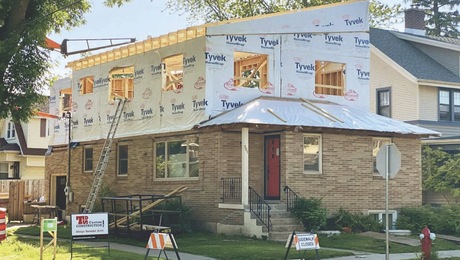

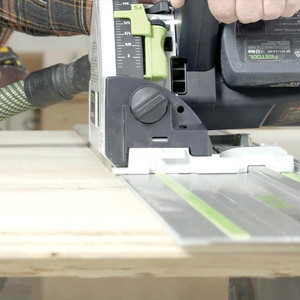
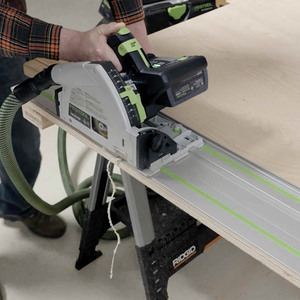
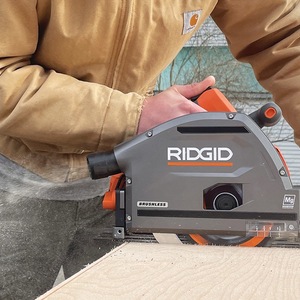
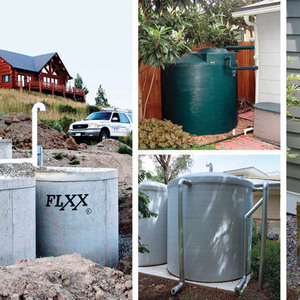




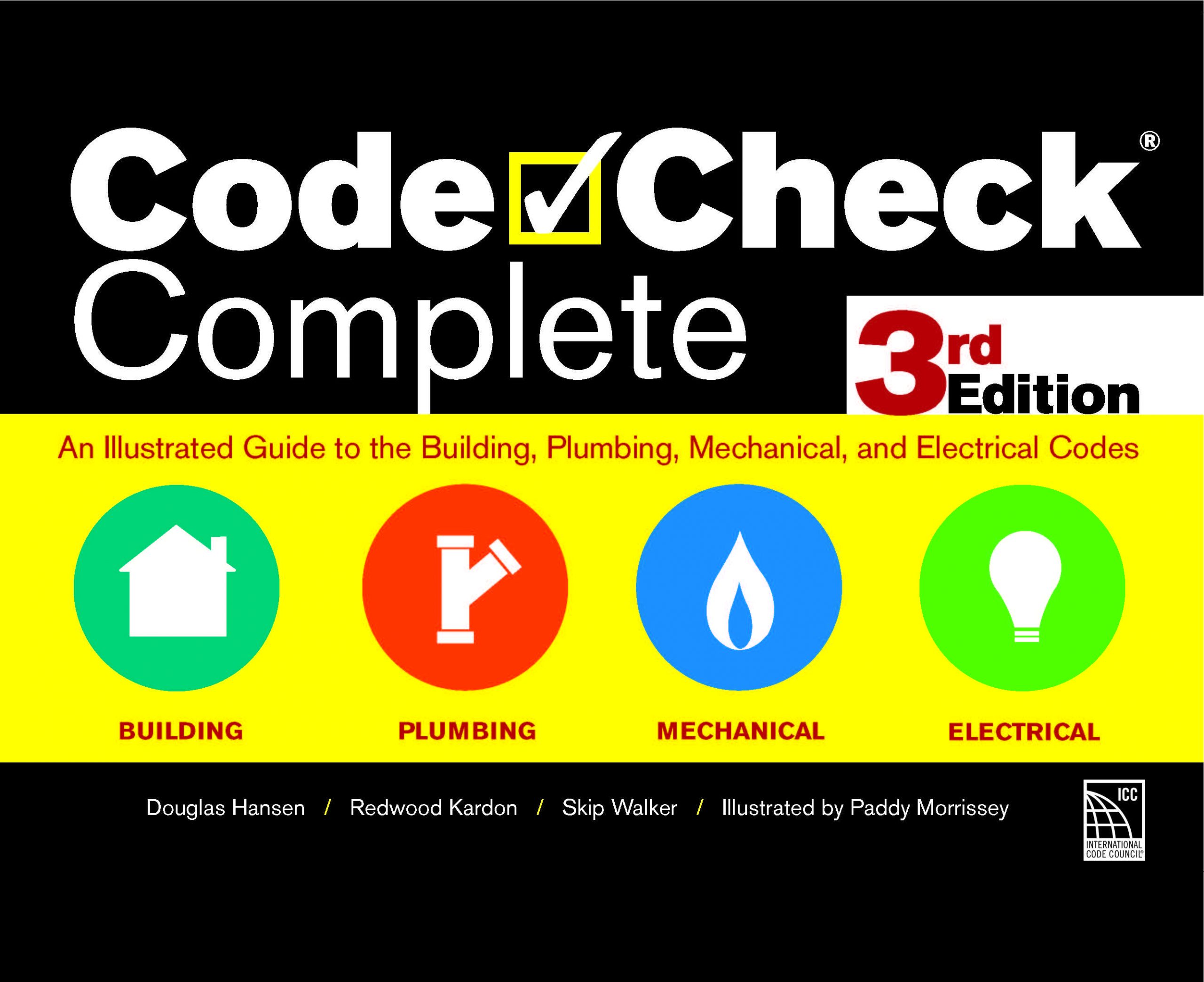
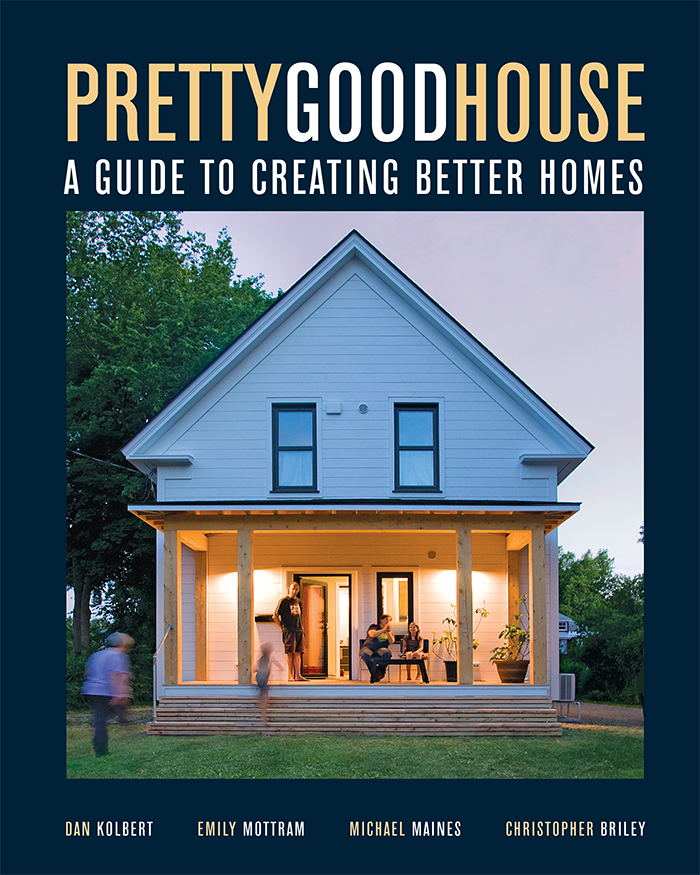





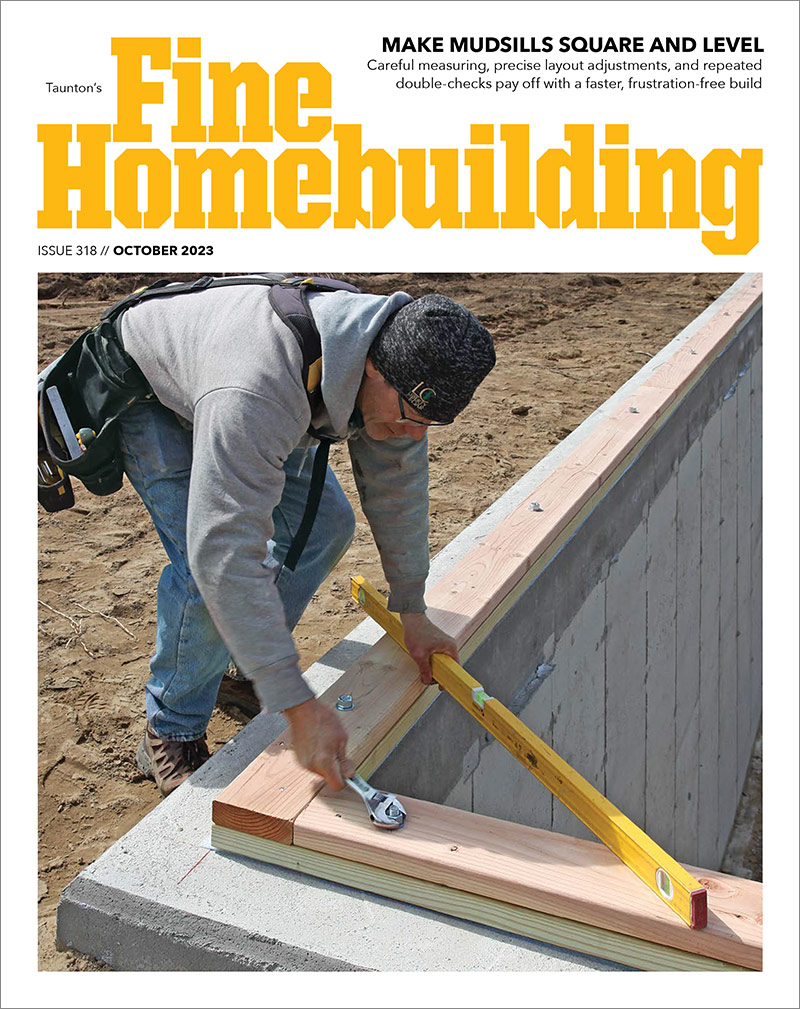

Replies
mine does
My townhouse is 25 years old. No mold - no problem.
for me the real question is: Did Carter have enough soffit vents to match his ridge vents?
Do we know what brand of ridge vent Mr. Carter has on his house? And I second the question about soffit vents.
Rich
Edited 11/2/2008 12:13 am ET by RichBeckman
I dont have a "brand" ridgevent, mine is just a hole 2 inches wide the length of the house with skeeter netting over and a metal ridge cap.
As mentioned by others balanced venting is critical.
I have used ridge vents for years and they seem to work well.
This might be of interest:
http://www.cor-a-vent.com/pdf/balancedventilation.pdf
"We don't throw the first punch, but we'll throw the last" Barack Obama Oct.2008
Personally I don't believe in them and have a strong preference for gable end vents and louvers - preferably one at each end of a gable with a fan in front of one.
Jeff
Does anyone have evidence that ridge vents either work or don't?
The key word to define here is "work."
Here in my climate, the air in a ventilated attic is going to be 30-40 degrees above ambient from heating the roof deck and framing from insolation. A deltaT that large will cause some amount of "chimney effect." So, in that sense, the vents will "work."
However, in my around three decades in this, the effect is about the same as leaveing your car windows open an inch or so--about 5-10 degrees difference in max/peak temps. Until you get ventialtion volumes and rates closer to "windows rolled all the way down," you just do not see much difference in attic temperatures in my climate. So, in that sense, vents do not "work" in my climate (this all before we deal with absolute humidity values in the 50-60% range year-round).
But, I'm biased in this, and I admit it.
I see attic venting as a way to remove any moisture from the space and little else. Mine work just fine for that. Increasing the insulation and reducing infiltration is the way to keep your living space cooler.View Image
I second that. I've never taken a moisture meter out on the ceiling before, but I'd bet for places like bathrooms the content would be quite high.
The largest portion of my roof is a 12/12 hip roof probably fifteen feet tall or more. The peak might be two feet across, with no vent. It gets HOT in the summer time right there. I sealed up the attic floor and put in a fan on a timer.
venting as a way to remove any moisture from the space
Which seems unlikely in my climate, any vented air is just drawing more damp, humid air in to replace it.
On top of that, for most of the summer, the lows get down to the dew point on a regular basis, usually just before sunup with the low temperature.
Around here, "spring" and "autumn" are just the seasons when the daily temperature goes through the dewpoint twice a day instead of just the once.
But I admit to being a troglodyte about this, both as an intelectual exercise and as a matter of practical experience.Occupational hazard of my occupation not being around (sorry Bubba)
I don't see much benefit to introducing moisture laden outside air into the airspace in my roof either. Especially during the six months of the year when it rains pretty much continually. It does allow any moisture a way to dry to the exterior on those rare occasions we do get sun though.
for most of the summer, the lows get down to the dew point on a regular basis, usually just before sunup with the low temperature.
Our concern is condensation when we have below freezing temperatures. Doesn't much matter in summer when the humidity is near 100%.
View Image
In the Northeast, you won't find any snow on a roof ridge if there are continuous soffit and ridge vents. You will also notice a significant reduction in ice dams along the eaves of homes so equipped. The vents are part of a system that includes, insulation and ventilation. If one part of the system isn't done correctly, the other parts won't do their job as well. There isn't the slightest doubt that they work and work very well. I wouldn't build a house without them and many homes I have retrofitted have their former ice dam problems solved.
Snow on roofs tells an interesting story about a homes energy efficiency and construction. You can easily see poorly insulated areas like stairways and recessed lighting over a kitchen sink. With many homes in the neighborhood that are over 200 yrs. old, it's interesting to see the actual roof framing structure once snow is present. It's almost like taking an X-ray. Many of these places are framed like a barn and you can see every rafter and purlin. Snow on the roof tells a lot of other stories about a house, too. It's easy to see what is working and what causes a homes demise. Poor drainage planes on an older place can be seen by the effect it has on a foundation. You can see where a valley drains and the effect that water has on the structure. A modern house, properly insulated and ventilated sticks out for the abundance of snow on the roof and the lack of hanging ice sickles, compared to the neighbors.
There are pressures created in an attic by temperature extremes. This pressure can build so air won't flow through. Many studies are out there concerning gable end vents that only vent a small portion of the attic due to these pressures. The continuous flow that lower vents combined with ridge vents, create, overcomes this pressure. If the vents aren't large enough or air flow is blocked, they don't work. The ideal is to have your attic remain at the same temperature as the outside air.
Beat it to fit / Paint it to match
I agree -- in snow country you can see what works and what doesn't. Poorly insulated/ventilated homes stick out like a sore thumb.
Conscience is the still, small voice which tells a candidate that what he is doing is likely to lose him votes. --Anonymous
That's true, but you don't always see melting snow along roof ridge vents. You often don't see that in very well insulated attics that are sealed from the space below and have good soffit ventilation. The taller the attic space, the less likely you are to see snow melt along the ridgevent.
I never see melting snow along mine. My house is oriented N/S and the prevailing westerlies blow from the soffit on one side and out the soffit on the other side. It's like a gale up there in the winter. I was concerned at first about whether the cellulose would be blown around in the attic.
I've got Shinglemate vents and 24" of cellulose on the attic floor. So the guy in Washington could very well have not seen any flow out of his ridge vent, but that doesn't necessarily mean his attic is not well vented.
It may work differently at different times of the year also.
I've had similar experiences. We're in the northeast, where vented roofs absolutely help prevent ice dams. They also help get rid of interior moisture that would be better taken care of at the source.
We build and remodel primarily on oceanfront homes, and for the last few years have been building hot roofs because of all the wind-blown snow and rain that gets into ridge and soffit vents.
I always wondered about what could go IN the ridge vent--but around the Rockies it would be driven snow/maybe rain. I avoided them for that reason and used vent fittings. Moisture on cellulose probably works as well as a wet down sleeping bag. Tyr
I find it hard to believe that in a hard wind and rain like maybe a 40 MPH wind that ridge vents would not leak water.
I have no mechanical vent in my ridge vent. just a cap over the hole. During the last three hurricanes, no leaks at all. I check during the storms.
we live and build in coastal ri....
Shingle VentII do not leak rain or snowMike Hussein Smith Rhode Island : Design / Build / Repair / Restore
On our house the ridge itself almost always blows clear.
Conscience is the still, small voice which tells a candidate that what he is doing is likely to lose him votes. --Anonymous
i guess i looked into this about 20 years ago
i liked the research that AirVent did...and started using theirs... the old aluminum chicken feeders
then they developed ShingleVent... their first generation shingle-over
sometime around then Certainteed bought them... which confirmed my thinking... since their business model is to research the competition and buy out the leader
they developed ShingleVent II... and that is the one we always spec
good flow... a baffle.... built-in end plugs.... well detailed... and an internal mesh screen to prevent snow infiltration
my research in the variuos tests show that SVII with balanced eave vents THAT ARE NOT BLOCKED... function as advertised
if we have to use ridge vents..... that is what we use
my own preference now is to not vent at all...just make sure there is no flow from the conditioned space to the attic
if i can detail a "hot-roof"... that is what we do... if not we use balanced eave vents and ShingleVent IIMike Hussein Smith Rhode Island : Design / Build / Repair / Restore
Years ago on a hot day I put in some turbine vents and eave vents. When I went to cut the first hole for the turbine vents the sawdust went up. The temperature dropped about 10 degrees in the home. You can also notice the damage that a hot roof does to the shingles.
>>Carter, however, wrote a) that he went to his own attic on a hot and still day, b) held a burning mosquito coil up to the ridgeboard, and c) smoke from the buring coil just hung there i.e., was not sucked out of the attic through the ridge vent.
So Carter tested one house and came to an across the board conclusion?
Sad.
"Ask not what the world needs. Ask what makes you come alive... then go do it. Because what the world needs is people who have come alive."
Howard Thurman
I just had the system installed this summer. We had another bad hail storm which took out my 12 year old roof, my whirlybirds, my back (metal) patio & Carport cover, vent stack covers, etc. I noticed a big difference in cooling and radiant heat in the home. Texas is bad for high heat in attics.
I don't have and measured figures to give just the fact that we had a hot summer and the house stayed cooler (especially in the early evening). It did reflect in my energy bills.
I'll have them installed in any home I have in the future.
Just my 2 cents....
in a hurricane or near hurricane what prevents water being blown up the roof and into the vent area?
SVII has a baffle to prevent thatMike Hussein Smith Rhode Island : Design / Build / Repair / Restore
I think all but the cheap roll foam stuff have a baffle to keep out driven rain.
Conscience is the still, small voice which tells a candidate that what he is doing is likely to lose him votes. --Anonymous
Did anyone know that Tim has a website?
http://www.askthebuilder.com/